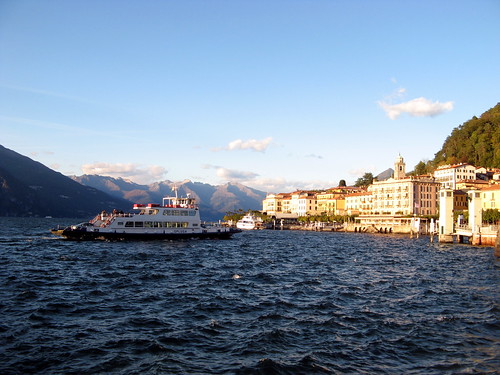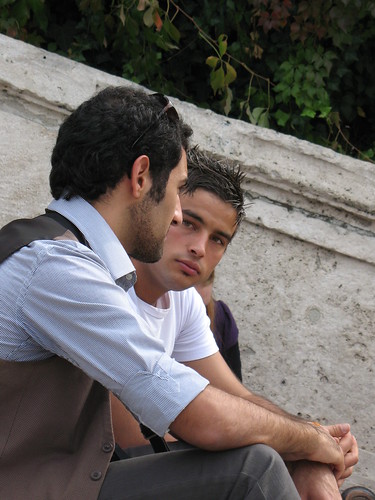25 years ago, Italian families ate more meat, drank more wine but put less fish and pasta on the table. La famiglia also usually shopped in small local stores — there were five times fewer supermarkets — and 85% of the time ate at home.
These are some of the changes tracked in a study (.pdf Italian only) by national food industry lobby Federalimentare to mark its 1983 founding, back when Socialist Bettino Craxi first stepped into office and pop hit “Vamos a la Playa” had Italians singing into their watches.
Rapid changes after World War II first revolutionized Italian eating habits, breaking some long-standing stereotypes. In the early 1950s, the Italian mamma spent a good chunk of her day preparing a hearty lunch, while her new millennium counterpart, less likely to be a stay at home mother, spends just a third of that time in the kitchen.
In the post-war period, Italians also spent half the family income on food. From 1983-2008, money spent on groceries dropped eight percent to 17.7% of the budget. They now eat 10% less meat, 10% more pasta and bread but about the same amount (18%) of fruit and veg. Beverages have flip-flopped: Italians now spend 5% of the budget on juice, bottled water and soda, five times more than in the 1980s when that same percentage was allotted for wine and spirits.
Some staples of the Italian postwar diet that have now disappeared include smoked herring (often eaten with polenta), tinned milk and carob beans, sucked like candy.
Image used with a CC license, thanks orsorama










